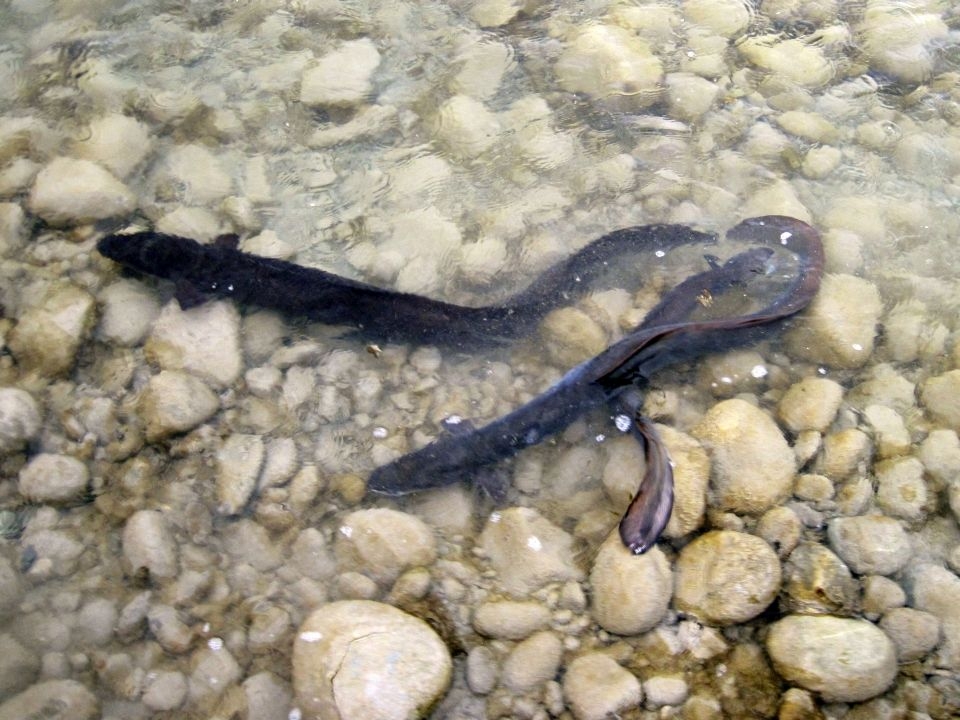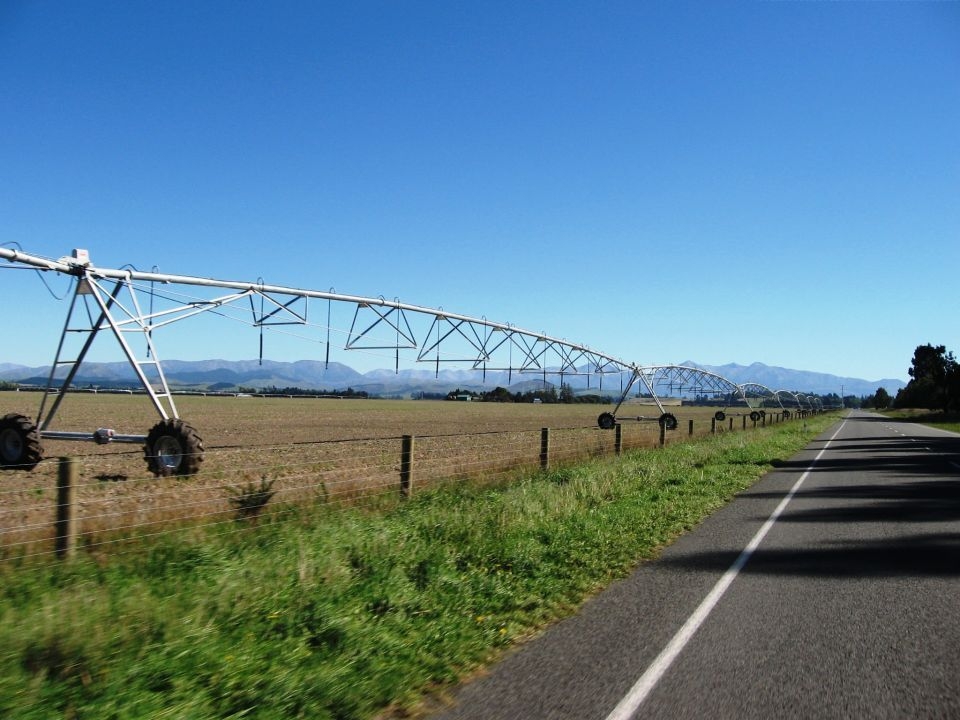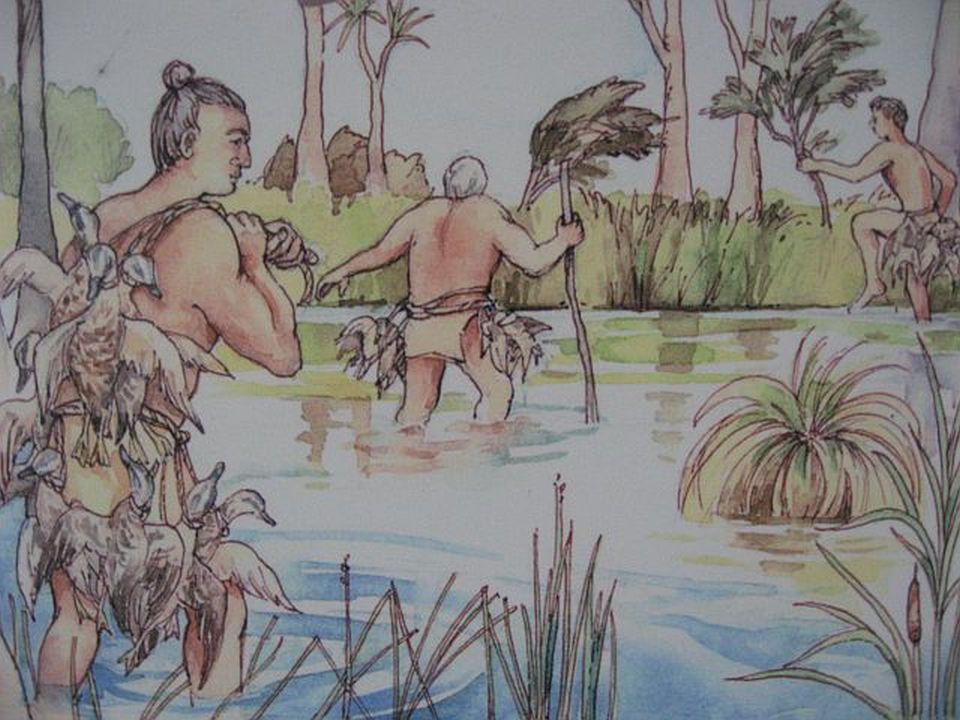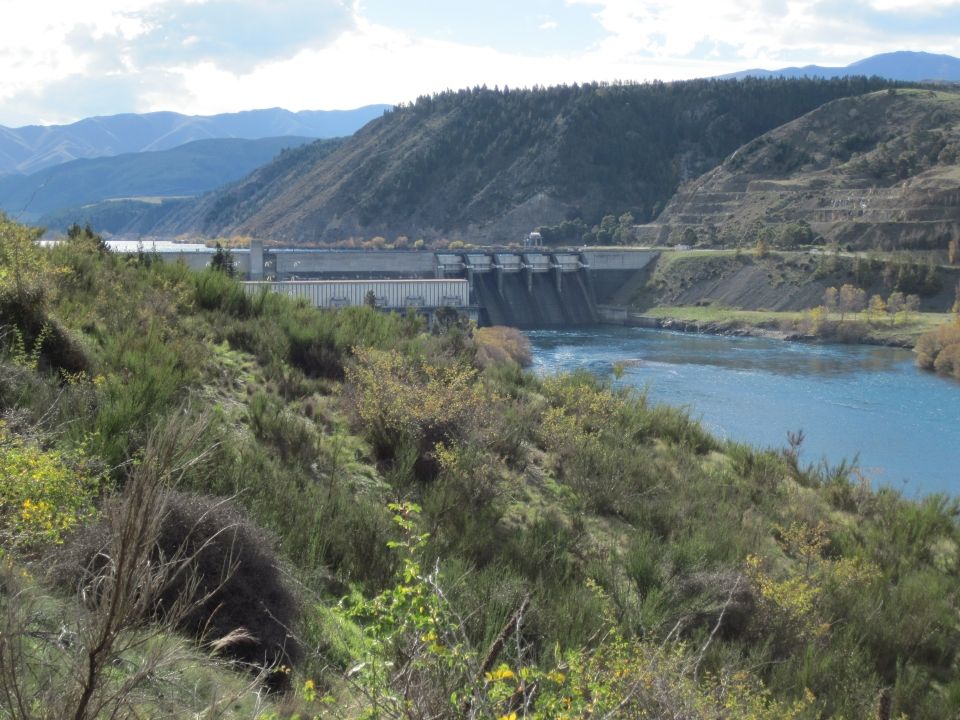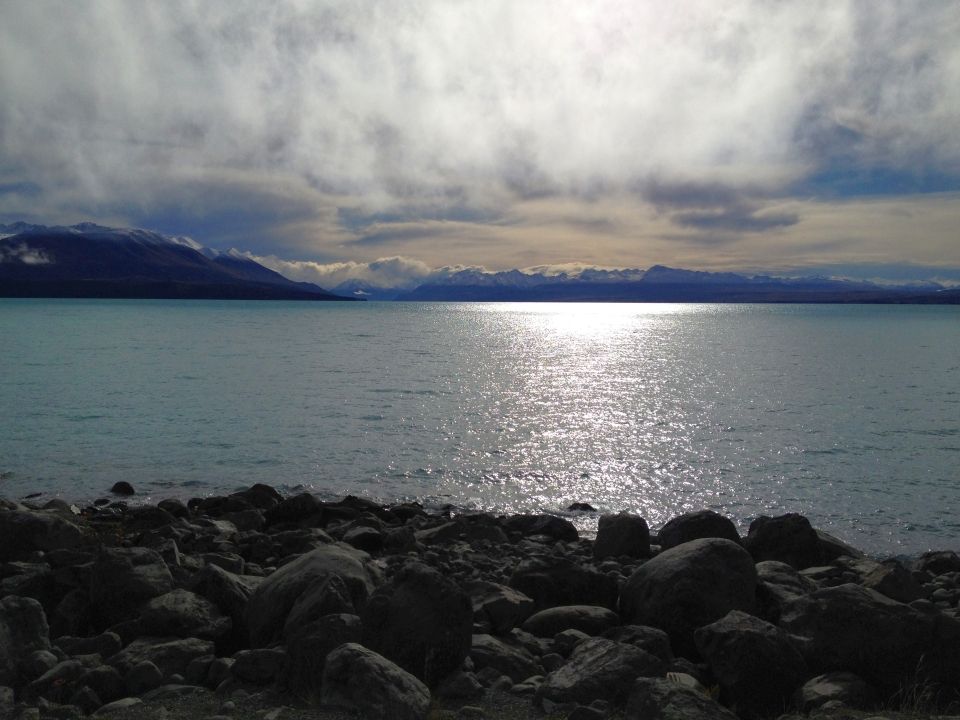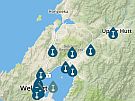Momowai
Māori recognise many different types of water/momowai and each has different values and uses. Every body of water also has a life force/mauri and should not be mixed with water from another source.
The significance of water to Māori
- wai (water) comes from Papatūānuku and Rangi-nui
- water also has its own mauri (life force) and spirit
- wai is linked to identity
- it gives tangata whenua (people of the land) life and food
- awa (rivers) stand for the tūpuna (ancestors) of the tangata whenua
- water and rivers have their own mana (integrity)
- spiritual qualities (mauri and wairua) can be badly affected by the misuse of water.
Ko te wai te ora ngā mea katoa - Water is the life giver of all things.
Water use
Different countries use different amounts of water, but we all tend to use them in similar ways. The way people use freshwater can be divided into three groups:
Agriculture
As the human population increases so too does our use of land for growing food. To make food, we need water. Irrigation is the artificial watering of land that does not get enough water through rainfall. Irrigation is probably the most important use of water. Nearly 70% of all freshwater used in the world is for agricultural purposes, like irrigating crops or managing livestock.
Industry
About 20% of freshwater is used for industries that produce things like metals, wood, paper products, chemicals, petrol and oil. For example, it takes about 50,000 litres of water to make a car and about 200 litres to make one newspaper. One of the larger industrial water users is electrical generation.
Domestic
The remaining 10% of freshwater is used for indoor and outdoor household purposes – all the things we do at home like drinking, cooking,  cleaning, and watering the garden.
cleaning, and watering the garden.
If we all use water wisely we can make sure that there is enough clean freshwater to support people as well as plants and animals.
Increasing demand for water
Over the last 300 years, the world’s population has increased by seven times, but the amount of water we use has increased 35 times. We use fresh water for more things than ever before. This has meant that fresh water supplies are becoming depleted in many parts of the world.
One in every eight people in the world does not have access to clean water. Often there is adequate rainfall or other water sources to provide water for the people of these countries but they lack the infrastructure to get the water to the people.
In Aotearoa New Zealand
During this field trip, you will see where our water in New Zealand comes from and how it is managed through networks of pipes, pumping stations and treatment plants. You will discover how to use this network responsibly and find out how you can easily reduce the amount of water you use.


